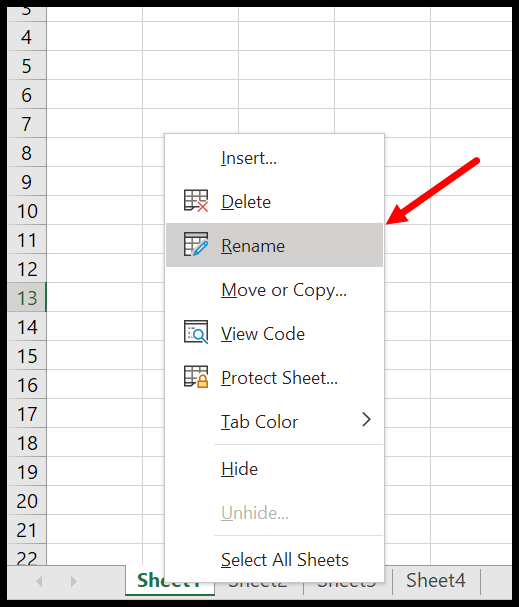Guardianship Paperwork for Parents: A Comprehensive Guide

In the intricate tapestry of family law, guardianship paperwork plays a crucial role in the care and protection of minors. Whether you’re considering stepping into the role of a guardian or need to establish legal documents for others to take care of your children temporarily, understanding guardianship paperwork is fundamental. This guide aims to demystify the process, detailing how guardianship is established, the types of guardianship available, and the legal steps required to secure this important responsibility.
Understanding Guardianship

What is Guardianship?

Guardianship is a legal relationship established by the court where one person, known as the guardian, has the authority to make decisions for another person, typically a minor child, known as the ward. This relationship grants the guardian the right to manage the ward’s personal affairs, healthcare, finances, and other aspects of their well-being. Here’s what you need to know:
Types of Guardianship:
- Legal Guardianship: Typically appointed when parents are incapacitated or have passed away, or if a child is abandoned or neglected. This grants full legal and physical custody.
- Guardianship of the Estate: Focuses solely on managing a child’s finances and property, which could be necessary if the child inherits assets or receives significant financial settlement.
- Temporary Guardianship: For short-term caregiving situations, like when parents are unable to care for their children temporarily due to illness or military deployment.
Role of a Guardian:
- Make decisions about the ward’s education, healthcare, living arrangements, and general welfare.
- Manage financial assets or property if a guardianship of the estate is established.
Establishing Guardianship

The Legal Process

Embarking on the guardianship process involves several critical steps:
Filing a Petition:
- The process starts by filing a guardianship petition in the probate court within the jurisdiction where the child resides. This document states the reason for the guardianship, details about the child, and the prospective guardian’s qualifications.
Jurisdiction and Notice:
- Ensure the court has jurisdiction over the matter, which generally requires the child to be a resident of the county where the petition is filed. Notice must be given to the parents, if living, and any other interested parties.
Background Checks and Court Investigations:
- Background checks, interviews, and sometimes home visits are conducted to assess the prospective guardian’s suitability. This investigation might involve social services or court investigators.
Court Hearing:
- A hearing is held where the judge assesses the child’s best interest, the necessity of guardianship, and the fitness of the proposed guardian.
Appointment:
- If deemed appropriate, the court will issue Letters of Guardianship, officially recognizing the guardian’s authority.
Guardianship Letters:
- These legal documents are essential, as they outline the scope of the guardian’s duties and must be presented to institutions like schools or medical facilities to demonstrate the guardian’s authority.
Types of Guardianship Documents

Documents Involved

Setting up guardianship involves several forms and documents:
- Petition for Appointment of Guardian: The initial document to kick-start the process.
- Consent Forms: From the child’s parents or current guardians if they agree to the guardianship.
- Medical Records: To inform the court about the health of both the child and the prospective guardian.
- Financial Affidavit: If the guardianship pertains to the child’s finances.
- Affidavits of Notice: Proof of service showing that all interested parties have been notified.
- Guardianship Letters: Official court document assigning guardianship.
FAQ Section:

Can guardianship be contested?

+
Yes, guardianship can be contested by parents or others with legal standing. The court will assess the best interest of the child, considering multiple factors before making a decision.
How long does guardianship last?

+
Guardianship can be temporary or permanent, often set to last until the child reaches the age of majority, but circumstances might prompt a termination or modification earlier.
Can a guardian be removed?

+
Yes, if the guardian fails to fulfill their responsibilities or is found unfit, the court can remove and replace them with a new guardian.
Understanding guardianship paperwork and the legal processes surrounding it ensures that the child’s welfare is safeguarded and their interests are well represented. Whether you’re filing for guardianship or need to comprehend the steps involved, this guide provides an overview of the necessary documentation and procedures to navigate this complex yet vital area of family law. By following these steps, parents and guardians can ensure that children are cared for in a manner that aligns with their best interests, providing security and stability during times of uncertainty or change.



